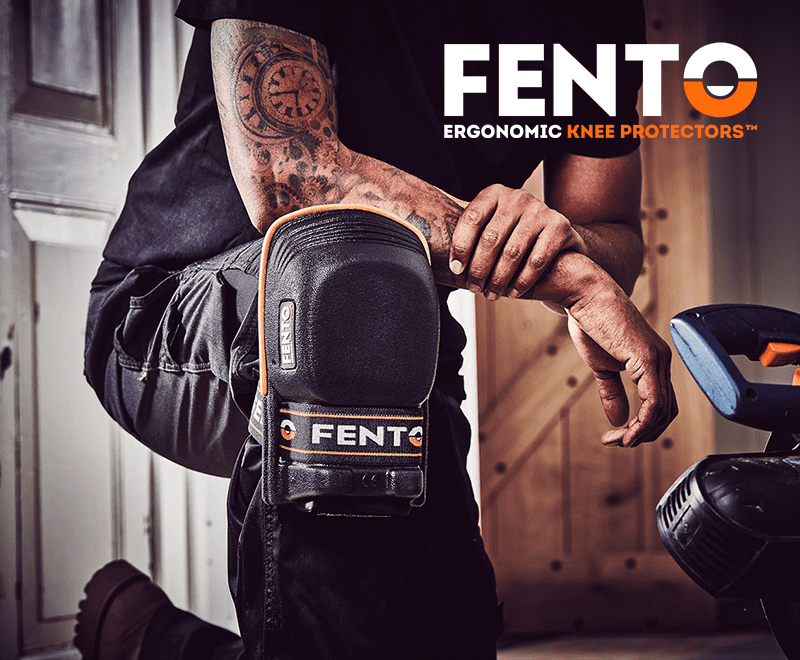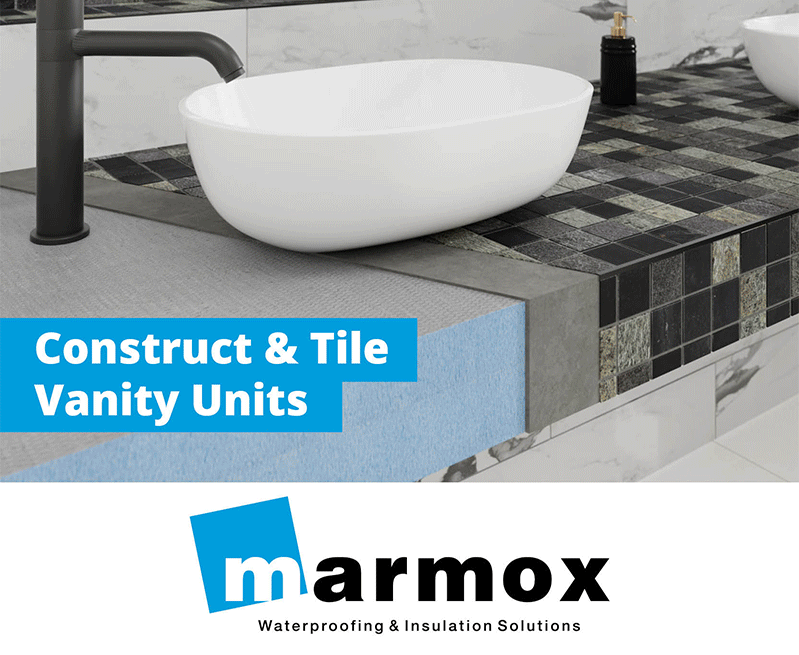Amber Underfloor Heating’s technical manager, Steven Burnett, highlights the most common mistakes when installing electric underfloor heating and provides his expert advice on how to avoid them
UNDERFLOOR heating – especially electric underfloor heating – is becoming increasingly popular with installers and homeowners alike owing to its many benefits. For installers, it’s typically easy to install and requires zero maintenance. For homeowners, it enables even heat-distribution, is extremely energy efficient and its discreet, space-saving design fits with modern homes and commercial buildings.
However, there are several key considerations for installers when fitting electric underfloor heating to ensure the system is efficient as well as safe.
Securing the heating mat
During installation, making sure the heating mat is fitted correctly is crucial for not only its performance but also its safety. Incorrectly securing the mat may not seem important at first, but it can have significant results on performance.
First, always ensure the subfloor is clean, dry, free from any debris and level. A self-levelling compound can be used if the surface is uneven.
Next, always be sure the mat is sufficiently adhered to the subfloor. If not correctly secured, the mat could float to the top of the self-levelling compound, potentially resulting in an uneven floor finish, poor heat distribution or possible overheating. Glue, tape or adhesive can be used to fix the mat. Here at Amber Underfloor Heating, we recommend using glue spray for the best result.
Uniform spacings
One of the most important parts of an electric underfloor heating installation is to space the cable centres evenly. This is for several reasons. Varying the centres can lead to cool spots, making the system less efficient and impacting comfort for the end user. Equally, if cables are spaced too closely or accidentally overlapped, it can create dangerous hot spots and even system failure.
Even spacing should also be considered when taking the cable off the mat and running it loosely. In this case, always ensure the spacing is kept the same as the spacing on the mat. Consistency is key for the best efficiency and performance.
Floor sensors
Floor sensors are a key part of any electric underfloor heating installation, but something installers may initially overlook.
They allow you to maintain a consistent and comfortable floor temperature that is easy to control, which is especially useful in bathrooms, kitchens or tiled areas where a warm floor is desired by the end user.
The thermostat floor sensor should be placed midway between two heating cables, ensuring that it doesn’t come into contact with a cable.
Here at Amber, we recommend placing the sensor within a conduit (usually a flexible plastic tube) so it can be easily removed or replaced if the thermostat is changed. If a conduit can’t be installed, you can install a redundant sensor but take care to not wire both sensors into same thermostat.
Double check your plans
When it comes to new-build and retrofit projects, plans can change a lot throughout the build. So, while it may seem obvious, we recommend ensuring you’re always working from the latest plans.
If the room layout or kitchen or sanitaryware layout changes, you could end up with cold spots once the heating is installed.
Additionally, you could unintentionally put the units over heated pipework, resulting in possible damage to the heating element owing to fixings. Also, this could lead to the kitchen units heating up or, worst case, cause the element to overheat if heat cannot escape.
How does Amber support installers?
We work closely with the trade to provide the products and support they need. In fact, you’re never more than a call away from expert advice. Our design team and technical team are on hand to assist with any installation queries you may have.
technical@amberufh.co.uk
www.amberufh.co.uk










